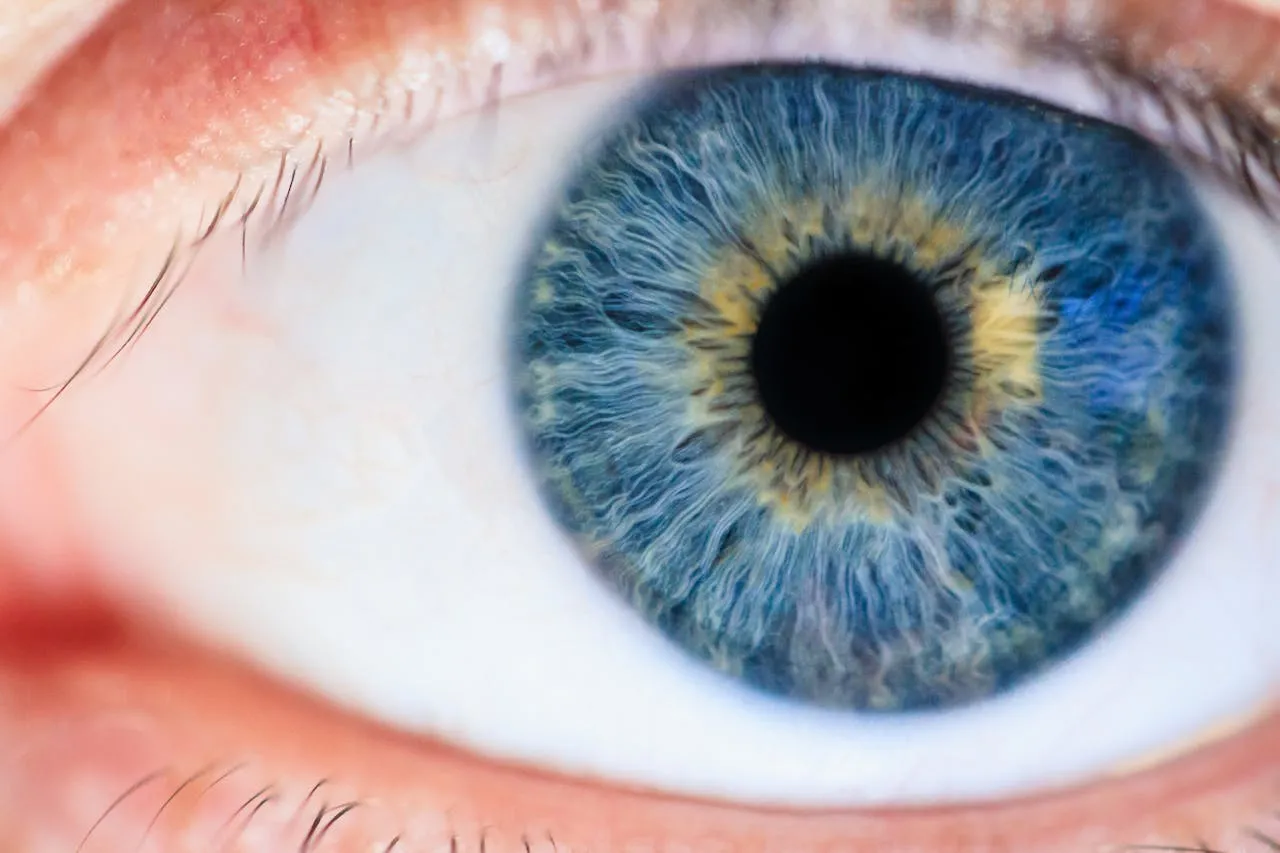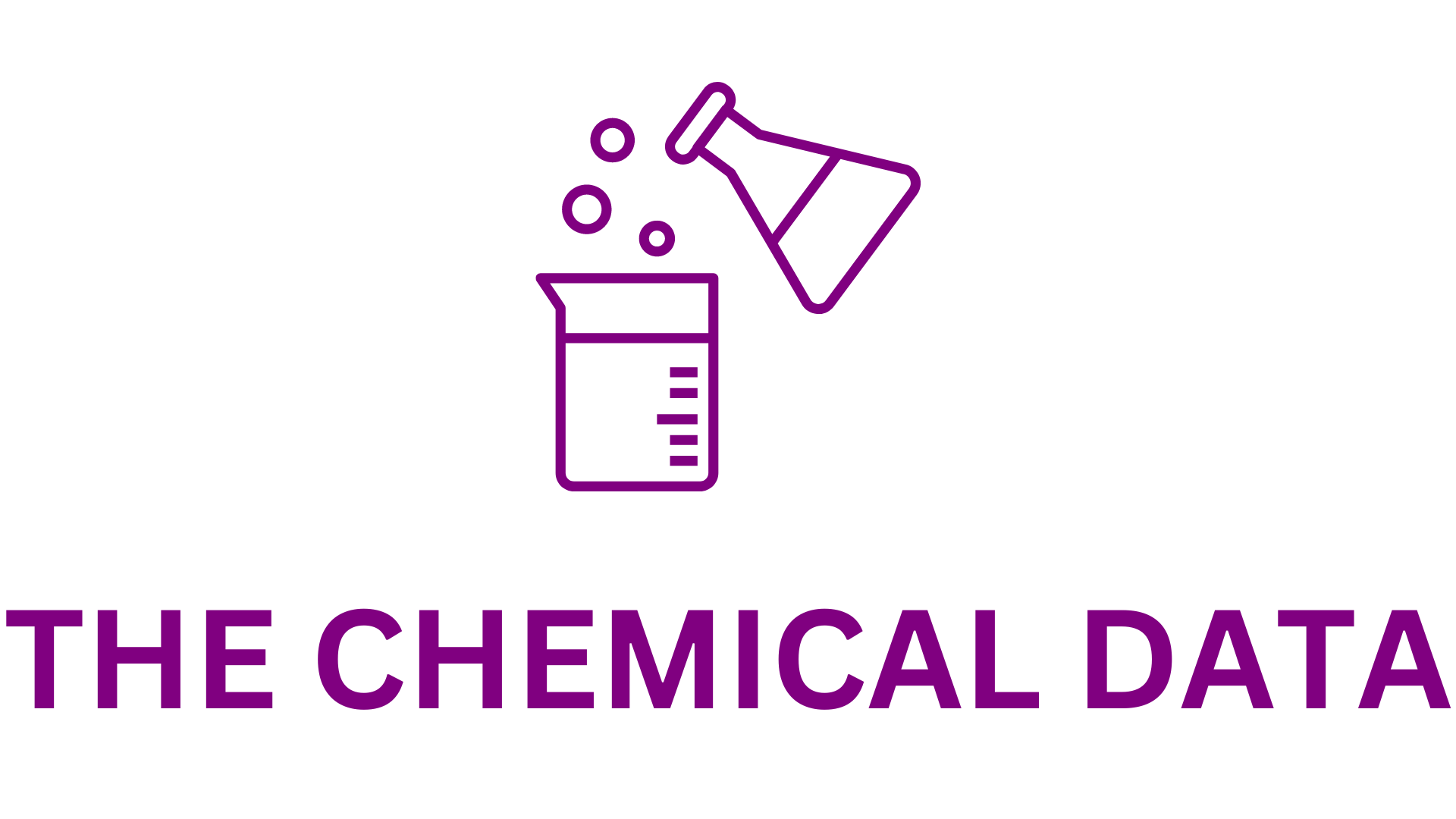
Stratasys Digital Anatomy™ Solution Powers Europe’s First 3D-Printed Eye Models for Surgical Training
Stratasys Ltd. (NASDAQ: SSYS) has announced a groundbreaking advancement in medical simulation: the adoption of its Digital Anatomy™ Solution by Austrian medical training innovator Addion GmbH, in partnership with Eyecer.at GmbH. This collaboration has resulted in the creation of Europe’s first fully 3D-printed anatomical eye models specifically designed for eyelid surgery training. The technology is already in active use at the Anatomical Institute of the University of Innsbruck, marking a transformative moment in how surgeons and medical students approach complex, delicate ophthalmic procedures.
With this development, medical institutions gain access to lifelike, highly customized models that provide an unprecedented level of detail, consistency, and ethical flexibility—ushering in a new era of modern, scalable medical education.
Advancing Medical Training Through High-Fidelity 3D Printing
At the core of this innovation lies Stratasys’ PolyJet™ 3D printing technology, which allows Addion to precisely replicate intricate anatomical structures essential to ophthalmic surgery. The human eye and its surrounding soft-tissue layers—such as skin, fat pads, and muscle—require an extraordinary level of detail to reproduce realistically. PolyJet’s multi-material and multi-color capabilities meet this challenge, offering models that not only look realistic but behave like real tissue during surgical manipulation.
These anatomical eye models reflect both normal and pathological conditions, enabling training programs to widen the range of skills they can teach. From reconstructing eyelids damaged by trauma or prior surgical interventions to performing elective cosmetic procedures, trainees can practice with an accuracy that closely mirrors the real surgical experience.
Ethical, Accessible, and Scalable Training Without Cadavers
One of the most significant benefits of the Digital Anatomy Solution is its ability to eliminate reliance on cadavers or animal models, which come with ethical, logistical, and financial challenges.
Alexander Hechenberger, CEO and founder of Addion GmbH, emphasized this advantage in describing the company’s mission. According to Hechenberger, the new 3D-printed models allow rare and complex pathologies to be reproduced in a way that is “ethical, reproducible, and remarkably realistic.” Without the constraints of cadaver availability or the need for specialized chilled facilities, medical schools and hospitals can lower costs, reduce environmental impact, and broaden access to high-fidelity training tools.
Hechenberger notes that the realism achieved with these models is something trainees can “see, feel, and scale anywhere in the world with the same reliability.” This reproducibility is central to Addion’s vision of democratizing surgical education—ensuring that institutions of any size or location can offer top-tier training without compromise.
Simulating Real Surgical Conditions With Dynamic Features
Traditional static models often fail to mimic the dynamic conditions encountered during real surgery. Addion takes the Digital Anatomy Solution a step further by incorporating functional features, such as simulated blood flow within the 3D-printed tissue. This addition brings new complexity and practical value to training scenarios, allowing surgeons to experience tactile and visual challenges more closely aligned with actual procedures.
The presence of simulated blood flow allows trainees to practice managing realistic bleeding responses, improving their ability to make rapid decisions and refine surgical techniques in a safe, controlled environment. This capability is particularly impactful in ophthalmology, where precision and reaction timing are critical due to the delicate nature of the tissues involved.
Material Science Meets Medical Insight
Erez Ben Zvi, VP Healthcare at Stratasys, highlighted the scientific and clinical sophistication behind the Digital Anatomy Solution. He explained that the technology “combines material science and medical insight to replicate the true behavior of human tissue,” bridging the gap between engineered materials and biological realism.
Ben Zvi notes that Addion’s work with the University of Innsbruck represents a powerful example of how advanced simulation technology can improve both surgical performance and patient outcomes. With the ability to train more efficiently, safely, and at scale, medical organizations can better prepare surgeons for real-world challenges.
The Digital Anatomy Solution allows for variability in stiffness, elasticity, and density—qualities essential to reproducing the nuanced behavior of different tissue types. This ensures that every incision, suture, and manipulation provides valuable, realistic feedback to the trainee.
Transforming Medical Education and Preoperative Planning
The Digital Anatomy Solution is already trusted by hospitals, universities, and medical device manufacturers around the world. Its uses extend far beyond training, with applications in:
- Patient education – helping individuals understand their conditions and planned procedures
- Device testing – providing manufacturers with realistic anatomical platforms for performance evaluation
- Preoperative planning – enabling surgeons to rehearse complex or unusual operations before performing them on a patient
By offering accessible alternatives to traditional anatomical training materials, Stratasys helps institutions overcome logistical difficulties and reduce operational costs. The consistency and reproducibility of 3D-printed models strengthen curriculum design, support competency-based training, and ultimately accelerate learning.
Showcasing Innovation at Formnext 2025
Addion’s newly developed eyelid surgery models—along with a wide range of medical applications powered by Stratasys Digital Anatomy technology—will be showcased at Formnext, held November 18–21 in Frankfurt. Visitors attending Hall 12.1, Booth D 121, will have the opportunity to explore the models up close and participate in discussions with Stratasys experts about the rapidly evolving landscape of medical 3D printing.
At the event, attendees can experience firsthand how Digital Anatomy models replicate the diverse behaviors of human tissues, from soft-tissue deformation to layered anatomical complexity. Demonstrations will highlight not only ophthalmology applications but also uses across orthopedics, cardiovascular surgery, general surgery, and medical device testing
A New Standard for the Future of Surgical Simulation
The collaboration between Stratasys, Addion GmbH, and the University of Innsbruck marks a major milestone in modern medical training. By combining advanced additive manufacturing with clinical expertise, the partners have created a tool that provides realistic, scalable, and ethical solutions for surgical education.
As 3D printing continues to evolve, the Digital Anatomy Solution stands at the forefront of medical innovation—helping transform surgical training into a more accessible, precise, and globally sustainable endeavor.
Source Link : https://www.businesswire.com/






